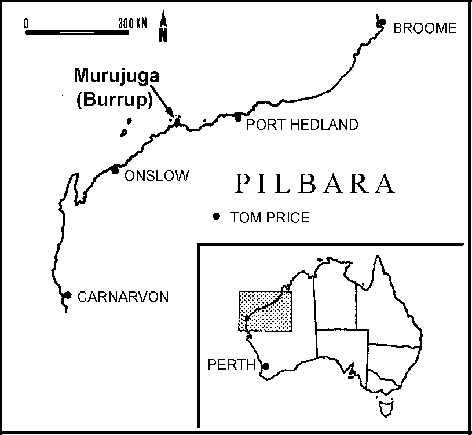Dampier FAQs
1. Where is Dampier located?
The Dampier Archipelago, which comprises Murujuga (Burrup) is located about half-way along the western coast of Australia, on the shore of the Indian Ocean.
2. How did it acquire its name?
The Dampier Archipelago is named after William Dampier, an English buccaneer who sailed there and named one of its islands in 1699 (Rosemary Island). The largest island was called Murujuga for thousands of years, but it was re-named Burrup by the government of Western Australia in 1979.
3. What does Murujuga mean?
In the language of the Yaburara, the resident indigenes who were almost wiped out in the infamous Massacre of February to May 1868, Murujuga means ‘Hipbone-sticking-out’, no doubt a colourful reference to the ragged skyline of the island’s huge boulder piles.
4. What is rock art?
The painted and engraved images on natural rock surfaces are called rock art. There are probably hundreds of millions of rock art motifs around the world. They constitute the bulk of the surviving evidence we have of the ideology, worldview or religion of the world’s preliterate peoples.
5. What are petroglyphs?
There are two basic forms of rock art. Paintings and drawings were made by additive techniques, petroglyphs were made by reductive techniques, such as hammering, engraving, abrading or pecking. Often the dark patination of ancient rock surfaces was removed to create light coloured pictures through exposing the rock beneath this patinacheap nolvadex.
6. Why are the Dampier petroglyphs important?
They constitute the largest concentration of petroglyphs in the world, numbering many hundreds of thousands of images. This is the largest cultural heritage site of Australia, and the only surviving patrimony of the Yaburara people who were subjected to genocide by the government of Western Australia in 1968. This same government is now trying to wipe out the Dampier rock art. We owe it to the Yaburara and to humanity not to allow this to happen.
7. What is causing the destruction of Dampier rock art?
About 20-25% of the Dampier rock art has been destroyed between 1964 and 2002, by industrial development (pelletising plant, harbour, petrochemical industry). The surviving rock art is now threatened by a massive expansion of the petrochemical plants and by acidic emissions from these.
8. Does the proposed development necessitate the destruction of the rock art?
No. An alternative site called Maitland Industrial Estate has been designated by a previous government in 1996, but the present government refuses to proceed with it and instead wants to expand the industrial area to 38% of the entire land area of Murujuga, thereby consigning most of the rest of the rock art to certain destruction.
9. Who objects to the destruction of Dampier rock art?
The International Federation of Rock Art Organisations initiated a campaign to save the rock art. It is supported by the Australian Rock Art Research Association, by the four Indigenous Claimants of the area, by the World Monuments Fund, by Robin Chapple MLC (Greens) and other politicians, by ICOMOS, by the International Union of Prehistoric and Protohistoric Sciences, by Europreart, by the National Trust of Australia, by most of the local residents of the Dampier region, by the environmentalist movement, by the signatories of two petitions, and by all people who value the preservation of the cultural heritage of humanity.
10. What can be done to save the rock art of Dampier?
Letters of protest need to be sent to the Premier of Western Australia, preferably on official letterhead, addressing them to:
Hon Colin Barnett MEc MLA
Premier of Western Australia
1 Parliament Place, WEST PERTH WA 6005
Australia
Telephone: (08) 6552-5000; Fax: (08) 6552-5001; e-Mail: wa-government@dpc.wa.gov.au
A very effective way to protest about the destruction of the Dampier rock art is to visit this site and sign the petition on the top of that page.
